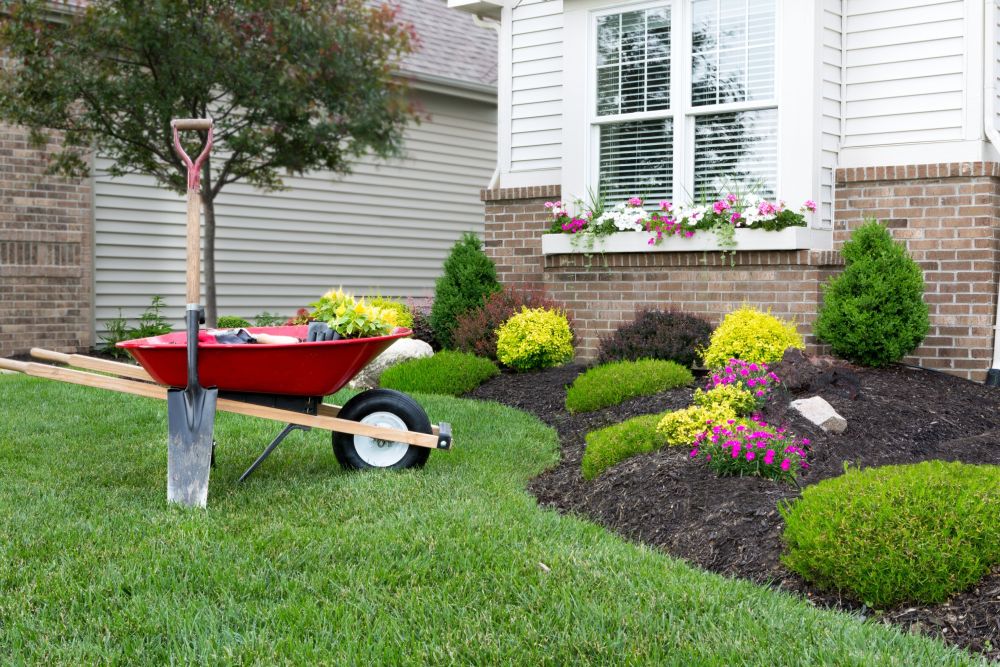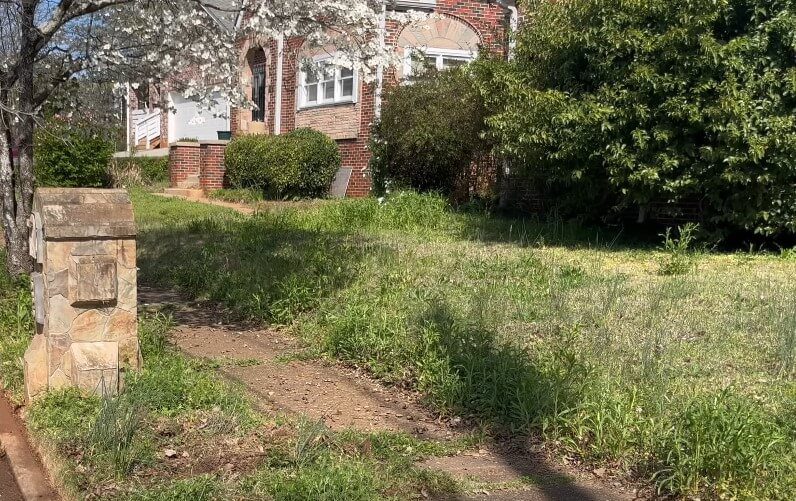
Share Post:
When people talk about real estate value, the conversation usually goes straight to square footage, comps, or whether the kitchen has granite or quartz.
But in reality, your home’s worth is shaped just as much by the things you don’t think about: little details and invisible signals that quietly chip away at what buyers are willing to pay.
If you’re a homeowner trying to protect your investment or prepare for resale, it’s worth knowing what can send red flags without anyone saying a word.
Below are the most common culprits, grouped into five core categories: location and neighborhood, curb appeal, interior condition, functionality, and market perception.
Each one plays a role, and most are fixable, with the right mindset and a little planning.
Table of Contents
Toggle1. Location and Neighborhood Factors
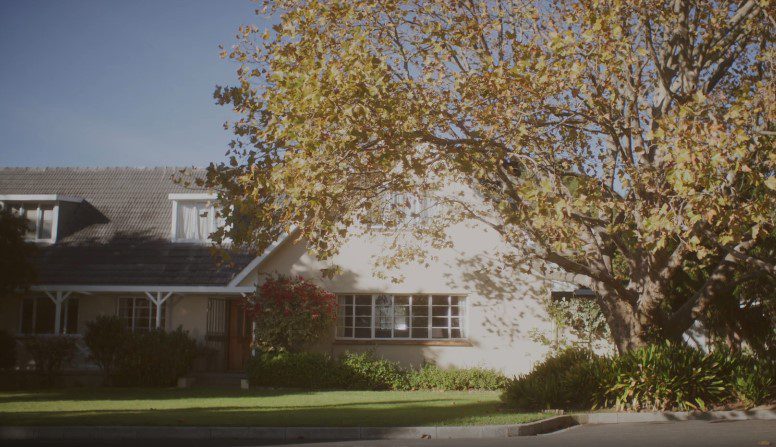
Some things are out of your hands, but that doesn’t mean they’re out of the picture.
Nearby Facilities That Drive Buyers Away
Living next to a landfill, power plant, or sewer station? That’ll cost you. According to Business Insider, property values can take hits ranging from 3% all the way up to 22% depending on what’s nearby.
Let’s break it down:
| Facility Type | Estimated Value Drop |
| Strip Club | Up to 14.7% |
| Cemetery | Around 12.3% |
| Funeral Home | Roughly 6.5% |
| Power Plant | 3% to 7% |
| Landfill | 5.5% to 7.3% |
| Hospital | Around 3.2% |
| Shooting Range | Approximately 3.7% |
A home near a noisy or industrial site is usually harder to sell. You can’t pick up the house and move it, but you can emphasize the quietness of indoor spaces, double down on landscaping, or add privacy fencing to soften the blow.
School Districts and Education Reputation
Families prioritize education, and they’ll often pay more for a house in a better district. A study from Brookings showed that homes zoned to top-rated schools consistently fetched higher prices.
If your local school isn’t high on the ranking lists, lean into other benefits. Walkability, nearby parks, or easy access to downtown jobs can still catch the right buyer’s eye.
Safety Concerns and Crime Data
According to the American Economic Review from 2008, being close to a registered sex offender can drop your property’s value by as much as 12%. In neighborhoods with high crime stats, buyers hesitate.
You don’t need to sugarcoat it, just show what you’ve done to make your home secure. That might mean alarm systems, smart lighting, motion sensors, or a well-maintained fence.
Bad Neighbors, Boarded-Up Homes
Even if your place looks great, the neighbor’s jungle of a yard or a crumbling foreclosure next door can tank your value. According to HomeGo, neglected properties within 300 feet can drop your home’s value by over 1%. If the mess is closer, it could be up to 10%.
Try working with your neighbors where you can. Something as simple as pitching in on shared fencing or planting can help keep the street looking cared for.
Constant Noise
Nobody wants to hear planes or traffic 24/7. Studies show that homes near airports, highways, or train tracks can see values drop considerably. If your home falls in one of those zones, soundproofing windows or pointing out quieter rooms in the listing can help.
2. Exterior and Curb Appeal
First impressions hit fast. Buyers often form opinions before they even get out of the car.
Messy Yards and Overgrown Landscaping
A wild yard signals neglect. Overgrown hedges can block light and views, dead trees are dangerous, and messy lawns suggest more work than the buyer wants.
- Keep it clean and trimmed.
- Stick to low-maintenance plants.
- Avoid elaborate landscaping features that require daily upkeep.
Even something like a koi pond can feel like a chore instead of a feature.
Strange Paint Jobs and Unusual Finishes
Exterior colors matter. Loud, quirky hues might reflect your personality, but they won’t help your asking price. Buyers gravitate toward safe, classic tones: think grays, creams, or whites.
And then there’s the finish itself. Pebble dash, dated siding, or peeling paint all send the same message: more work needed.
Limited or Lost Parking
In cities and crowded suburbs, a lack of parking can cost you big. Converting your garage into a gym or game room might be great while you live there, but if it leaves the home without parking, it can hurt resale value.
Before any conversion, think about where cars will go. If off-street parking is scarce, it might be better to keep that garage intact.
Signs of Neglect
Crumbling sidewalks, cracked driveways, sagging gutters; these things may seem small, but buyers notice. They assume visible damage means hidden issues.
If clogged gutters are spilling debris and staining your siding, consider booking professional Gutter Cleaning Sydney to restore your home’s exterior appeal.
Roof damage is a deal breaker for many. With repairs ranging from $2,000 to $40,000, a roof in poor condition can significantly impact your sale. If it’s nearing the end of its lifespan, be upfront and either fix it or adjust your price.
3. Interior Condition and Design
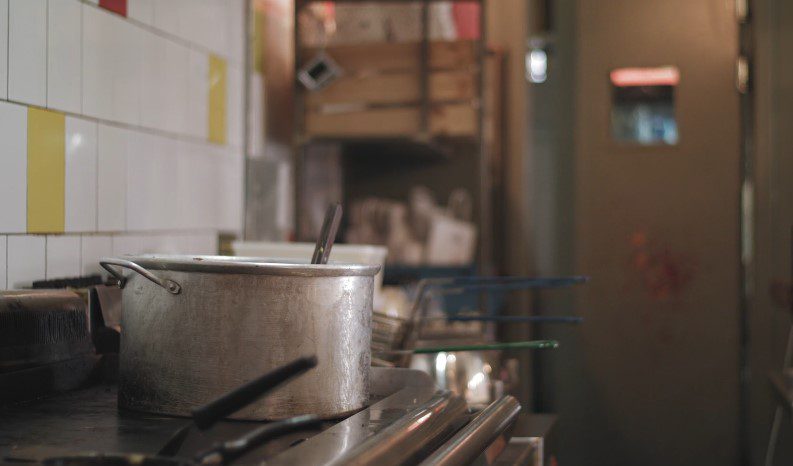
The outside draws them in. The inside either seals the deal or sends them packing.
Kitchens and Bathrooms from Another Century
Buyers scrutinize kitchens and bathrooms more than any other rooms. Avocado green bathtubs or laminate counters from the ‘80s will be noticed, and not in a good way.
Focus on functional updates:
- Swap out old appliances for energy-efficient models.
- Update benchtops and cabinetry if they look tired.
- Fix any plumbing issues or cracked tiles.
Even if a full remodel isn’t in the budget, small upgrades go a long way.
Overly Personal Touches
A house with a distinct theme, jungle wallpaper, a neon-lit bar in the living room, a shark tank between the kitchen and hallway, may feel like home to you, but it could turn off potential buyers. Most people want a space they can imagine as their own.
Keep paint colors and fixtures neutral. Let your personality come through in removable décor, not permanent changes.
DIY Mistakes and Cheap Workarounds
Crooked tile. Visible wiring. Cabinets that don’t close right. When buyers spot these things, they start wondering what else was done without a professional.
Unpermitted work can also kill a deal. If you’ve done renovations, make sure the permits are in place and the workmanship is solid.
Lingering Odors
Bad smells linger in more ways than one. Pet accidents, mold, or years of indoor smoking are hard to mask and even harder to clean.
Sellers often go nose-blind to their own home. Bring in a friend or agent for a sniff test. If anything smells off, tackle it at the root.
- Deep clean carpets or replace them if needed.
- Clean ducts and air vents.
- Consider professional ozone or steam treatments if the smell is baked in.
Wall-to-Wall Carpeting
Carpet isn’t just out of style; it’s seen as a maintenance headache. It stains, holds odors, and shows wear. In surveys, more than half of buyers prefer hardwood or luxury vinyl plank over carpet.
If your home still has carpet in every room, think about updating at least the high-traffic areas.
4. Functional and Structural Issues
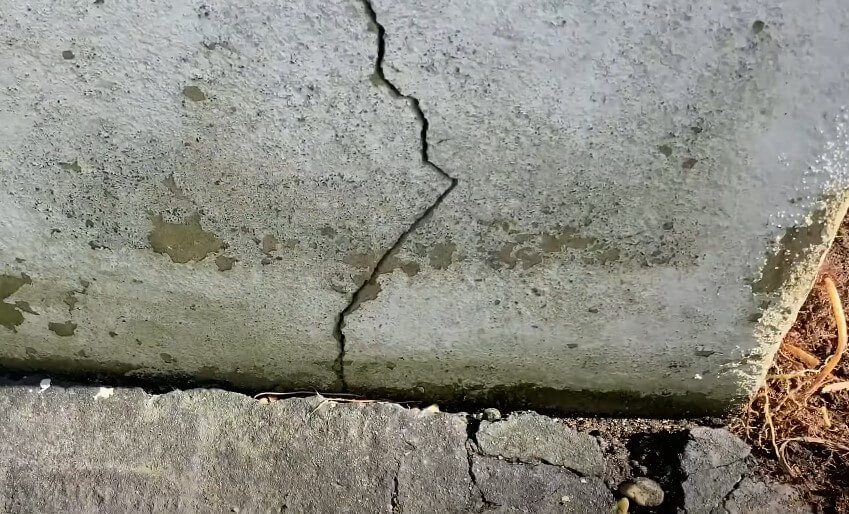
Some problems aren’t just cosmetic; they signal risk or large expense.
Maintenance That’s Been Kicked Down the Road
Leaky faucets, busted HVAC systems, termite damage – all of it adds up. Deferred maintenance tells buyers they’ll need to spend money right away, which usually means a lower offer.
Keep up with seasonal checklists and fix small problems early, before they snowball.
Structural Red Flags
Buyers know to look for cracks in the foundation, bowing walls, roof stains, and signs of water damage. If your home has structural issues, it may be harder to insure or finance.
Roof damage, for example, is more than an eyesore. It can lead to mold, rot, and framing issues. If your roof is aging out, budget for a replacement or prepare to negotiate.
Energy Inefficiency
Drafty windows, thin insulation, or ancient appliances can make energy bills painful, and buyers know it.
Upgrading to energy-efficient windows, sealing doors, or adding attic insulation can improve comfort and lower costs. Highlight those features when it’s time to sell.
5. Market Perceptions and Trends
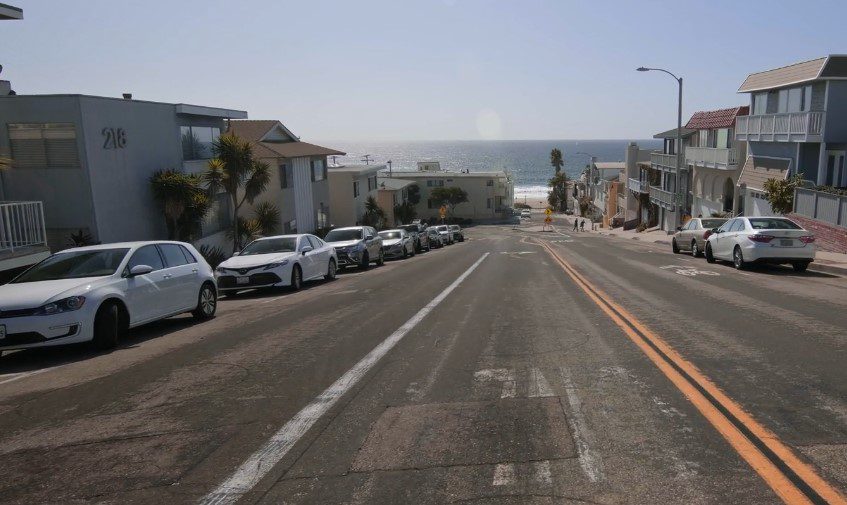
Real estate doesn’t exist in a vacuum. Buyer expectations change, and even tiny things, like the suffix in your street address, can make a difference.
Your Street Name Might Matter
It sounds silly, but it’s real. Homes on “boulevards” or “places” tend to sell for more than those on “streets” or “drives.” The difference can be as much as 36% according to data collected by Family Handyman.
Of course, you can’t change your street name, but if yours isn’t fancy, highlight the strengths of the house instead.
Over-Improving for the Neighborhood
Dropping $80,000 on a luxury kitchen in a neighborhood of modest starter homes usually won’t pay off. Buyers will hesitate to pay a premium for extras they can’t get back in resale value if they ever move again.
Before upgrading, look at nearby listings. Try to stay within the range of other homes in the area.
Hyper-Specialized Layouts or Features
Homes that are too “niche” can sit on the market longer. A built-in music studio or a soundproof home theater might excite a small group of buyers, but others will just see something to rip out.
Keep your changes flexible. If you’re adding a home office, make sure it could just as easily be a bedroom, den, or playroom.
Final Thoughts
Most homeowners won’t notice when their house starts slipping in value until it’s too late. That’s why regular upkeep and a little objectivity go a long way. Walk through your home like a buyer. Listen for noise. Look at what needs fixing. Pay attention to smells, cracks, and paint. Ask what a stranger would think.
You don’t have to turn your place into a showpiece. But you can protect your investment by keeping it fresh, clean, safe, and functional. Whether you’re staying put or planning to sell, the details matter.
Your home doesn’t have to be perfect. But it should feel like it’s been cared for. That feeling is worth more than any square footage number on paper, and buyers know it.


